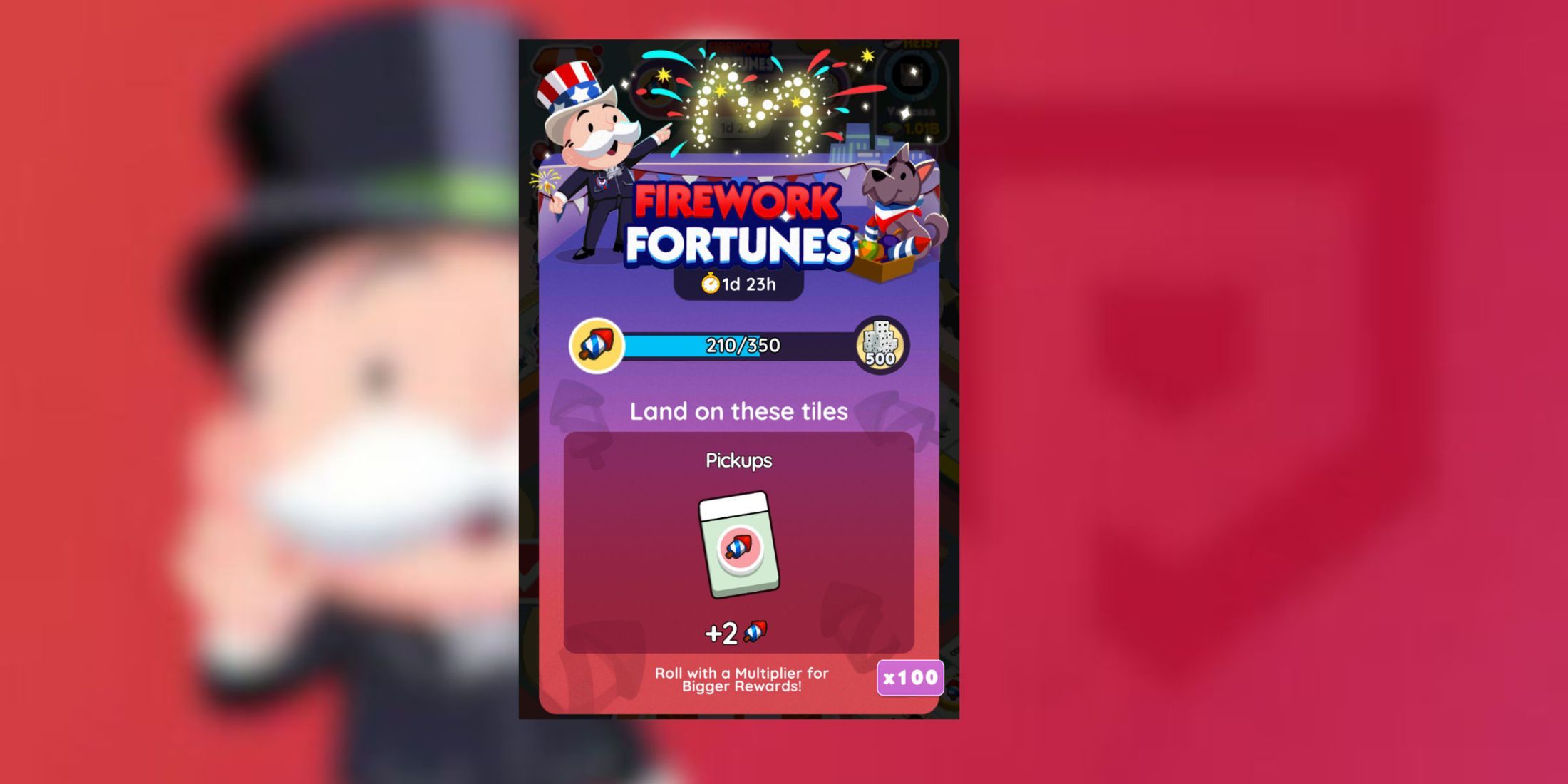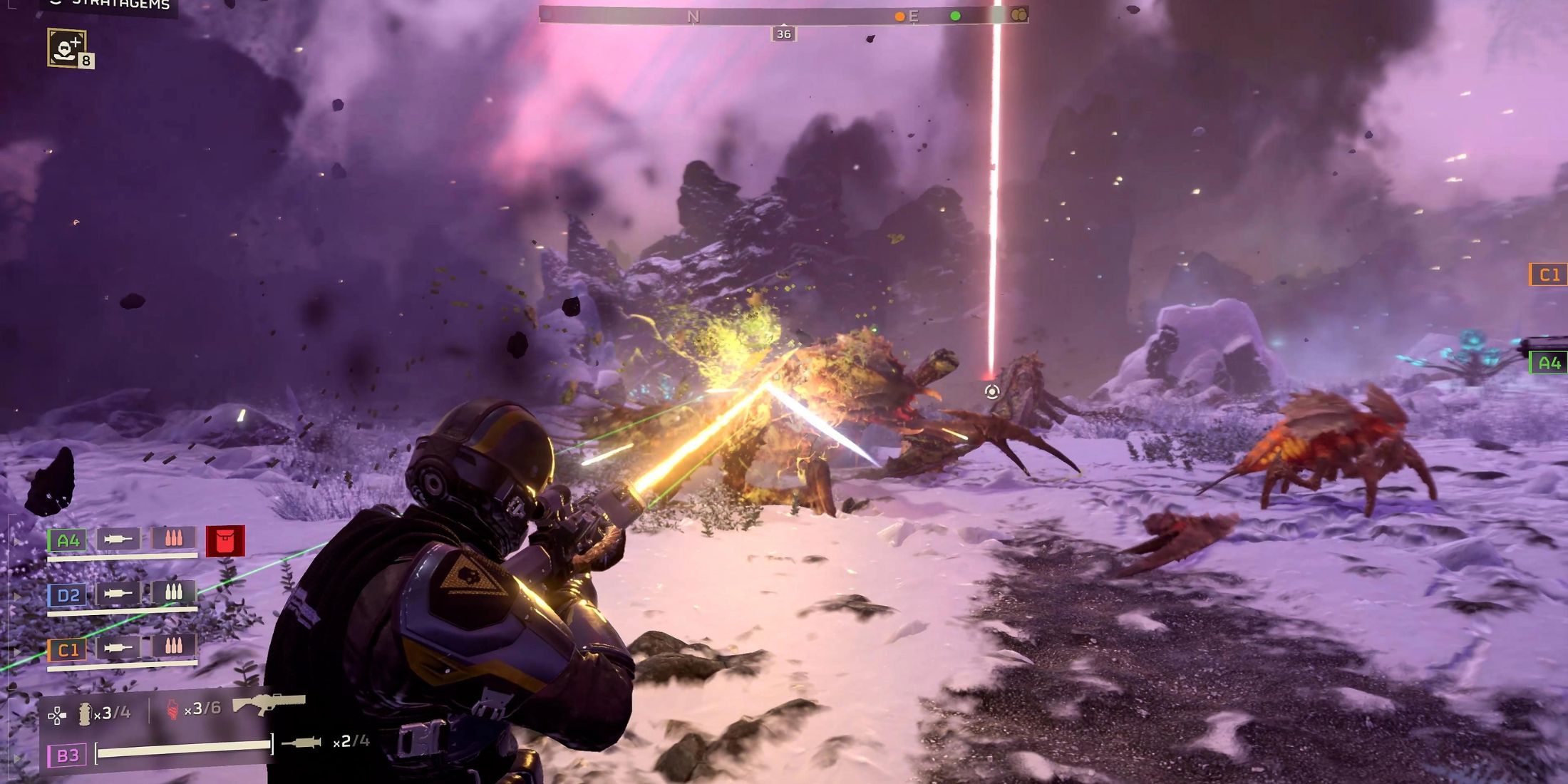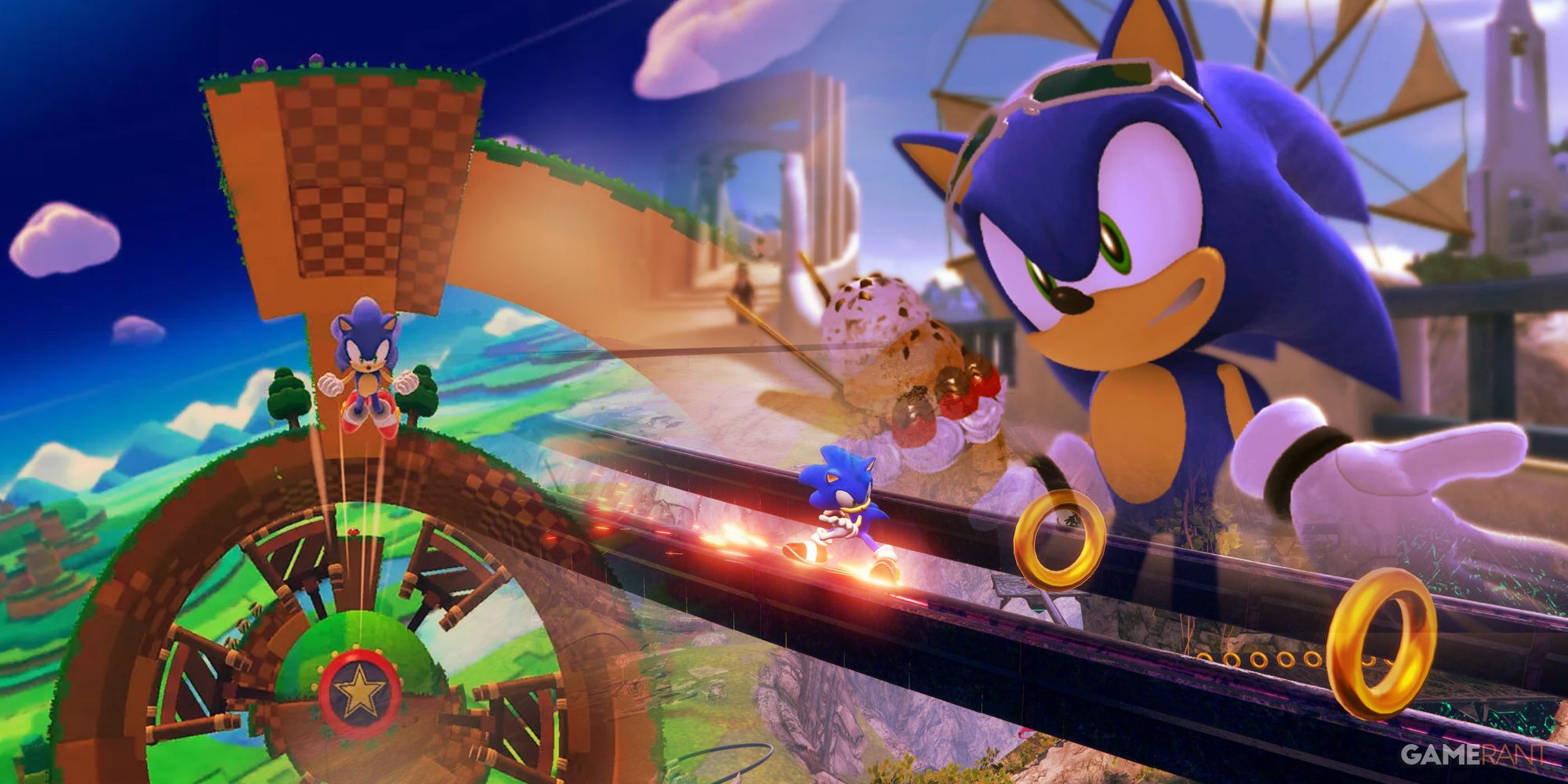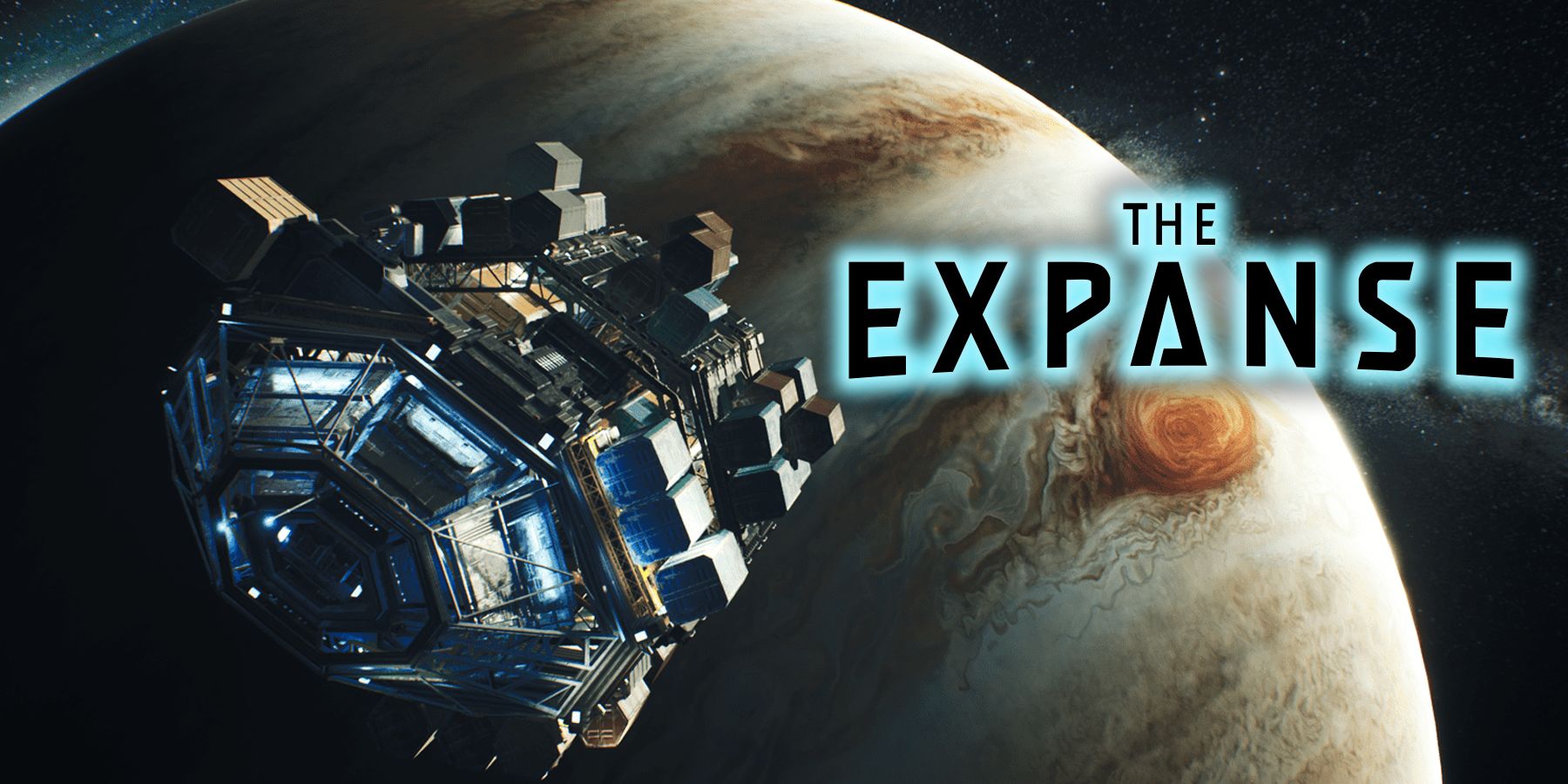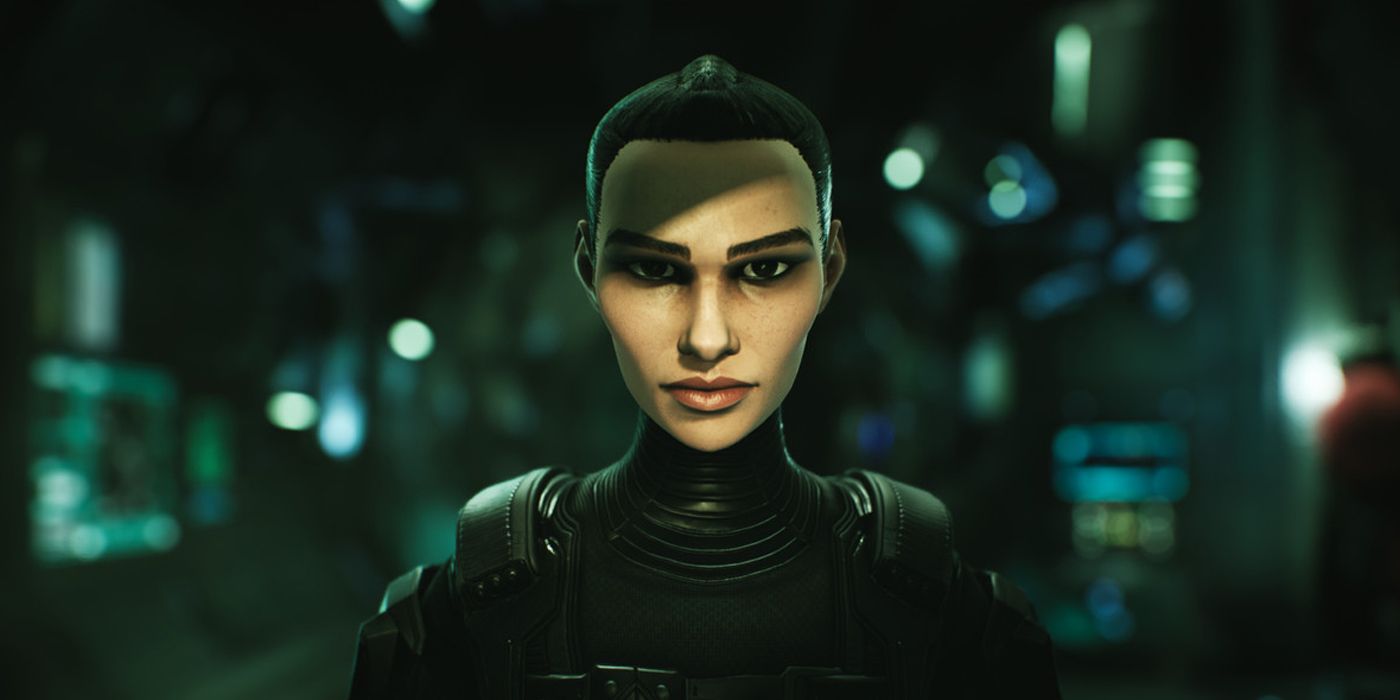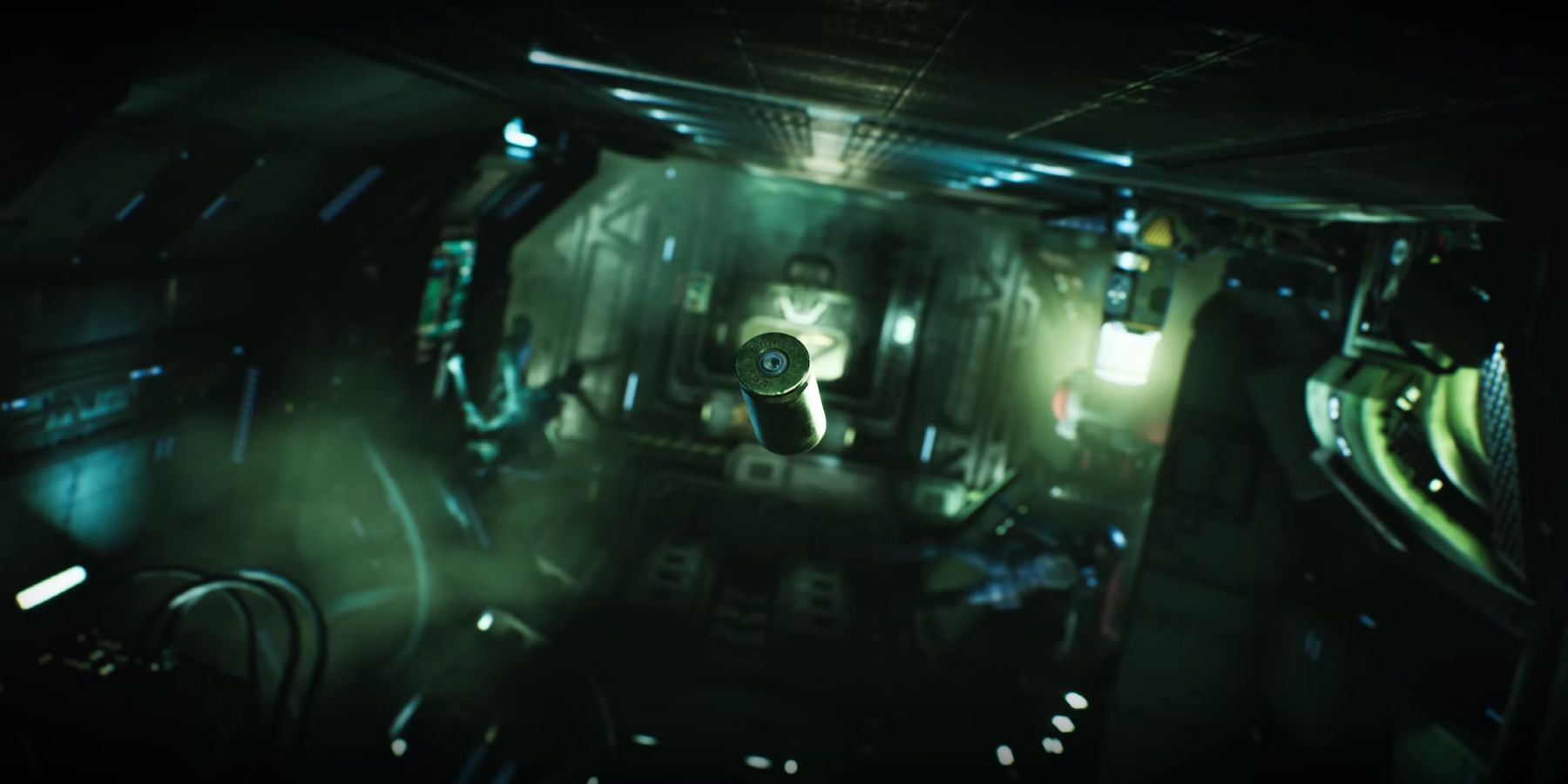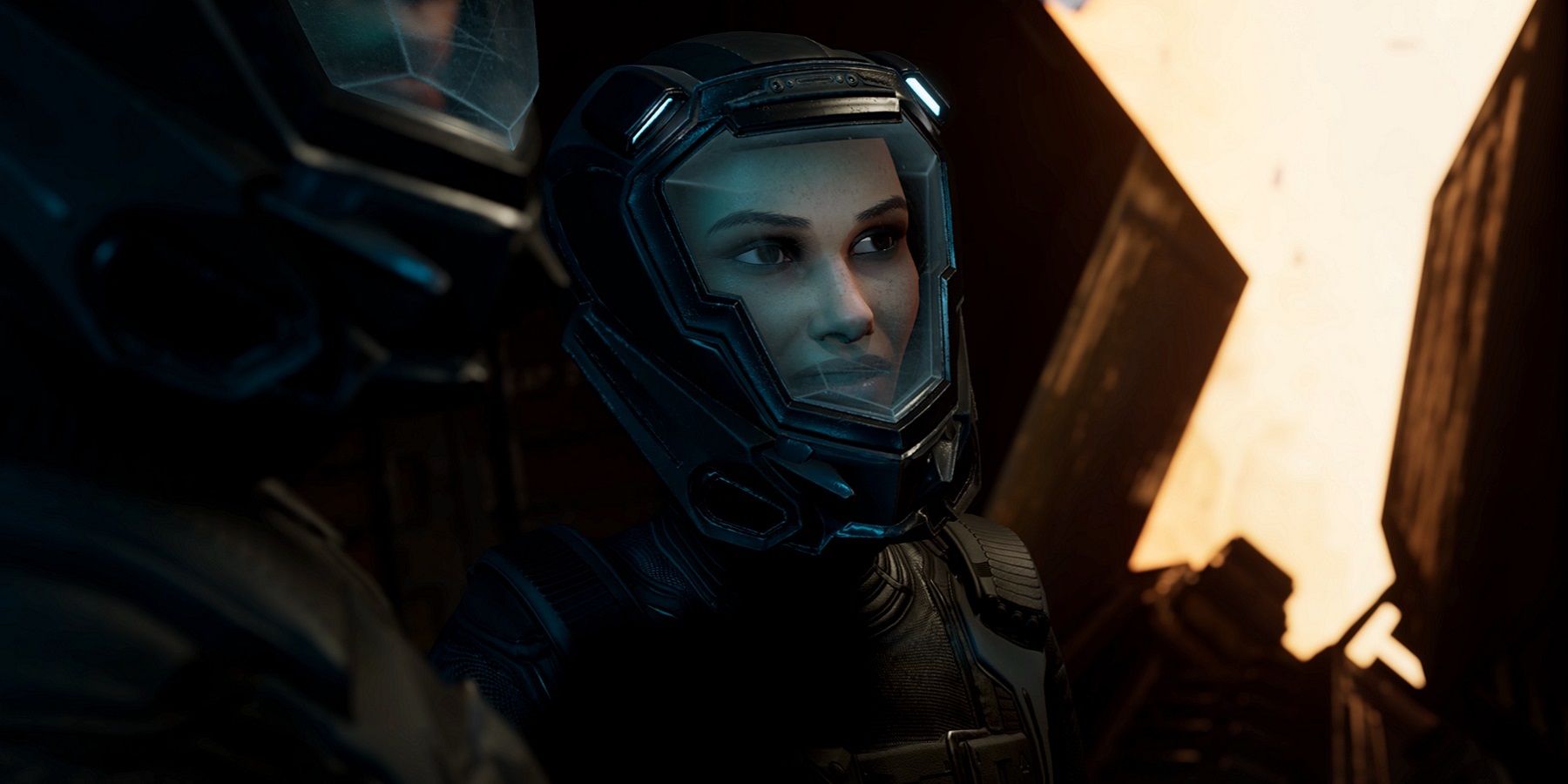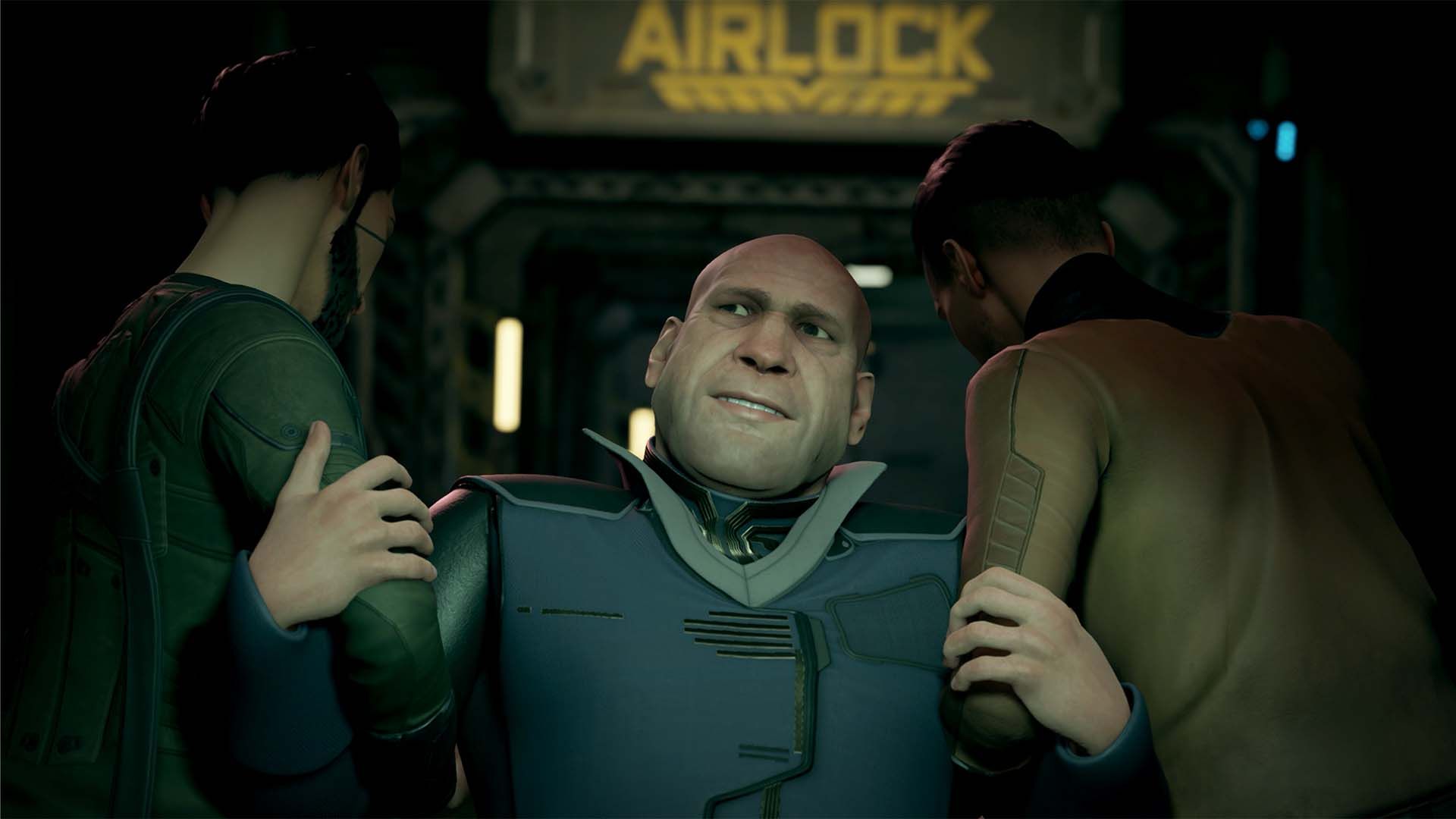The Expanse: A Telltale Series is a highly anticipated title that serves as a prequel to the critically acclaimed and titular TV series. The game's storyline revolves around the character Camina Drummer, who assumes the role of Executive Officer aboard the Artemis, a scavenging ship embarking on explorations in the expansive outer regions of the Belt.
In a recent Game ZXC interview with the art director, Emerson Oaks, and lead environmental artist, Tommy Spampinato, the two developers discussed various aspects of The Expanse. Oaks and Spampinato talked about the inspiration behind the game, vital design elements, and accuracy between the game and popular TV series. The following transcript has been edited for clarity and brevity.
Q: What was it like working in this massive space environment?
Spampinato: Well, it was very exciting, because I mean, any environment artist loves making sci-fi corridors and stuff. In order to do the game quickly or in the amount of time we had, we had to rely on a lot of modular artwork. And, you know, it was fun. I mean, once we were able to prototype levels really quick, it felt like a game right away. Everyone was able to see where we were heading.
Oaks: One of the things that Tommy and his team are great at doing is they're basically theme park designers too. They had to design a space that you can orient yourself in easily, and it had to have fun things to do like points of interest that kind of attract you to the different areas of gameplay.
Q: And factoring in Zero-G?
Spampinato: It was a challenge during Zero-G because you can't allow the player to get hung up on stuff, but it has to flow smoothly. We were adamant about smoothing out the collision, so we had to be strategic about how we damaged those walkable spaces. We explored color-coding certain surfaces, but it was just too patchwork-y. So, we just relied on a HUD for landing where you can tell where you can land a reticle. It just all worked out, and with the help of the designers, we were able to figure it out together.
Q: How did The Expanse TV show's style influence your approach?
Spampinato: Well, we had the TV show to look at [laughs]. But the one thing I noticed right away is Belter design is more closed in, more exposed wires, while UNN is cleaner but bulkier. The MCRN were very sleek.
Oaks: Yeah, you guys were great at figuring out that vocabulary, each faction's different ships, putting those factions' ships in the game and really creating that, so instantly when you go into a ship, whether it's Inners or Belters, you know what kind of ship it is.
Q: Knowing this is a prequel too, set years apart, did that give you a lot of freedom to work with the art?
Oaks: We wanted to make sure that we were authentic to The Expanse IP, and it's not such a great deal of time that the design of everything would be completely different. But there was a lot of variability in things like Belter ships, so there's a lot of space for us to comfortably express ourselves from a design standpoint.
Spampinato: Yeah, it also helped to watch the series and know where it was going to end up. You can just imagine Drummer's journey and just think about that when you're building the space and these characters, because you had all that rich history that you've learned from the show. We weren't guessing anything, and it was really easy just to look at references.
Q: How did you approach the art of making blood in a space vacuum for The Expanse?
Spampinato: There are a lot of science videos about blood in a vacuum. You've seen a sci-fi show where someone's bleeding and it's like this little droplet just floating there, or when there is someone crying, it looks like water pooling in the eyes. We'd reference all of this and share that in our communication channels for The Expanse and the science behind it. One of the environment artists would share a video, and the narrative folks would look at it and remember it. They'd put that in the story writing when they're envisioning the scene.
Q: That's interesting. So how did you look at the science and attempt to make it accurate to The Expanse, while keeping the artistic side in mind too?
Oaks: For us to be faithful to The Expanse, we have to take into account the art and science background of it. That was just one of the base principles. Tommy and some of the other people on the team were always really good about calling out if someone should have mag boots on and what effects for those, calling out sound effects and light needs, or calling out how someone would move in space for us to be more accurate. Stuff like how does the ship monitor ship-to-ship combat to accurately portray that space combat. In a sense, the art is there to serve the needs of the game. We're there to make sure the game gets players into that world, accurately, and to make sure things are really harmonious.
Q: On that note, looking at the suits, how many iterations of the game's current suits did you work through to reach that harmonious look?
Oaks: Gosh, it's hard to say. I know that we've had more than a few. We're constantly tweaking things about it. In the last few months, we entirely changed the backpack design because we knew, much later on in the game, we needed certain functionality on the backpack. We didn't have the space for that then. We really had to go back to the drawing board and that takes functionality into account, but that's really just part of the game design process. We adapt as time goes on.
Q: Do you think that process is any different given the episodic structure of this game?
Oaks: No, not really. I mean, we would try to develop everything in a way that we were solving similar problems at the same time, so we'd batch some of these together.
Q: Got it. So, what kind of impact did player choices have on some art decisions like managing when one of the twins would have a leg sometimes or sometimes have a prosthetic?
Oaks: That's something where, early on when designers and the narrative team are working out what meaningful choices are going to be in the game, we get some visibility, so there's no real surprises. We just try to take all those things into account and, in the case of a character losing a body part, we have to plan around the costuming of it, how it's a noticeable detail, and stuff like that.
Q: Art-wise, is there anything you are excited for fans to see in the upcoming episodes?
Oaks: I think that what we can say is that what you've seen in episode one is just a taste of the many locations and the experiences that the different characters are going to have. There's a lot of conflict, and all those things make for really rich visuals. So Episode One is really just a teaser. It just gets better from there.
Q: Was there anything you felt was a particular challenge working with all of this or anything that you're particularly proud of?
Spampinato: I'd say the challenge was doing destroyed environments. That was the biggest challenge because you really want to wreck the ship, but you have to worry about the collision. There was a balance in simplifying it enough that the player is able to fly around and get close enough to it without penetrating or getting hung up. As far as exciting, it's really the whole game. I really enjoy, near the end of the game, the characters you're going to meet and the situations you encounter.
Oaks: From my point of view, we knew that The Expanse fans are passionate because a lot of us are fans too. That passion comes with expectations that the game is excellent, so there's excitement and anxiety together hand in hand around that. That's why we wanted to be so authentic, to show we're as big of fans of the Expanse as any other.
Q: I would say that the art style is a little bit exaggerated but not over the top, with like facial features. How did you decide, as a whole, to go with this sort of stylization?
Oaks: Well, I think a lot of it is just like personal taste. The team has made stylized games in the past, and that's something that we're all very familiar with. I think we had to try and adapt to The Expanse as a cinematic experience that was realistically portrayed, not something that was, like, animated.
The question became how do fuse something that is approachable to those realistic elements but also is in line with what fans would expect of Telltale, which is a stylized sort of game with something that's cinematic in scope and has photographic elements. It also has to make outer space feel believable and tie in directly to the actual story; we tried to make something that was a throughline from Telltale through to The Expanse, which you see in the game.
Q: The scene that's most memorable to me is looking at Io while in Zero G. What was the key to making I pop in that sequence?
Oaks: We have talented shader artists on the team that are really good at making things feel juicy and rich. They put a lot of effort into the planet shaders, because space is a big part of The Expanse. That's one of the things that you really want to make sure that looks great. I'm glad that came across.
Q: Is there anything that you would like to say to readers to wrap things up?
Spampinato: Well, I just want to say Deck Nine has a mission to be a leader in cinematic development, entertainment, and games. I'm so excited about it all, and I think we've got a great team. I'm just looking forward to hopefully doing another game with Telltale as well.
The Expanse is set to be released on July 27 and will be available on PC, PS4, PS5, Xbox One, and Xbox Series X.

